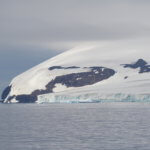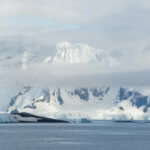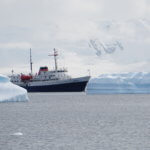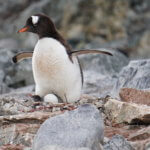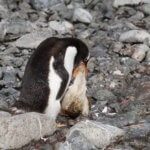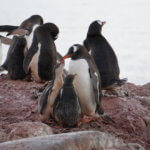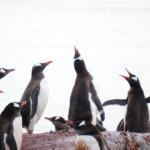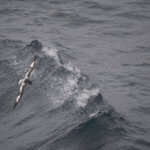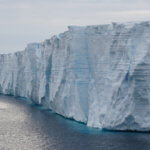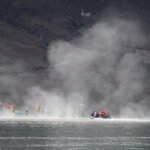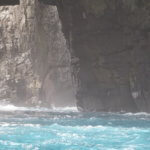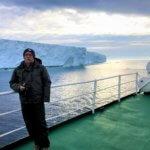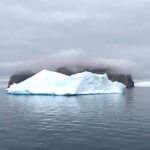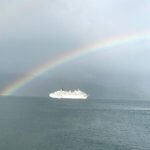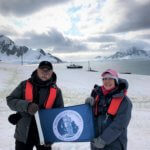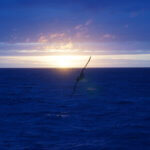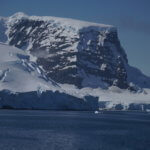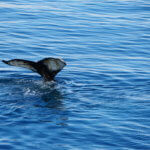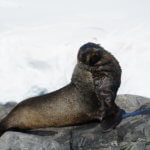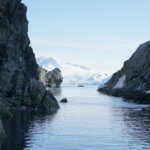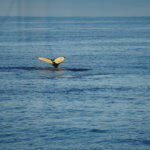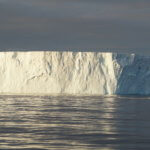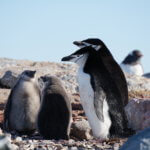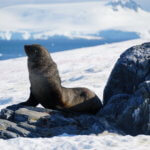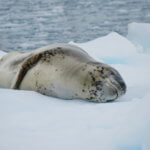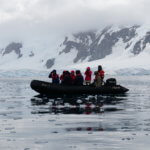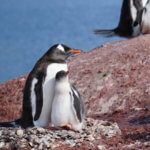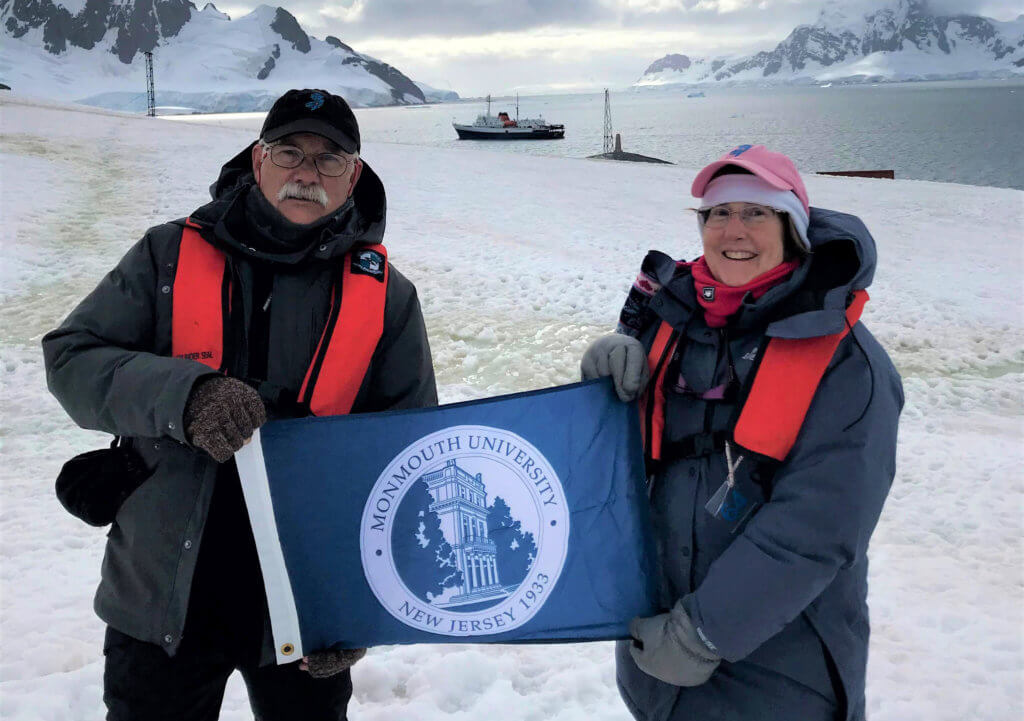
Skip to Photo Gallery at Bottom of Page
In early February, news that a weather monitoring station recorded an all-time high temperature reading of 65 degrees in Antarctica stunned the world. Urban Coast Institute Marine Scientist Jim Nickels happened to be there that day – on vacation.
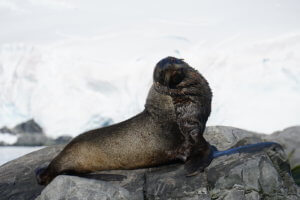 A trip to the South Pole may not be on most people’s short list, but the journey marked the conclusion to a world travel challenge started by his family years earlier. Upon their retirement as Ocean Township school teachers, Dorothy and William Gray, the parents of Nickels’ wife, Debbie, set out to visit all 50 states. After checking them all off the list, they raised their goal to visit every continent. Dorothy and William made it to all but Antarctica before passing away in 2016 and 2015, respectively.
A trip to the South Pole may not be on most people’s short list, but the journey marked the conclusion to a world travel challenge started by his family years earlier. Upon their retirement as Ocean Township school teachers, Dorothy and William Gray, the parents of Nickels’ wife, Debbie, set out to visit all 50 states. After checking them all off the list, they raised their goal to visit every continent. Dorothy and William made it to all but Antarctica before passing away in 2016 and 2015, respectively.
In late January, Jim, Debbie, her sister Karen Gray, and Gray’s son, Eric Ferguson, picked up the baton to complete this last leg of the tour. They brought along some of Dorothy and William’s ashes so it could be said that they had officially been to all seven continents. And they hoisted the Monmouth University flag on Antarctica’s soil – a meaningful gesture for Nickels, a longtime member of the UCI staff; Debbie, who earned an MBA from Monmouth; and the late Dorothy, who attended Monmouth when it was a junior college, returned later for her master’s degree in education, and taught there for several years as an adjunct.
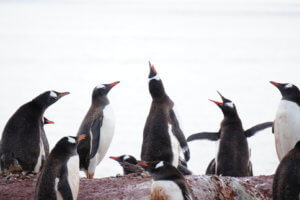 The group flew to Ushuaia, the southernmost city in South America, where they embarked on a 36-hour trip across the Drake Passage, which is notorious for its rough waters and foul weather. The crew hit 15 to 20-foot seas that caused many a fall by passengers onboard, but that wasn’t what bothered Nickels. A proud streak came to an end.
The group flew to Ushuaia, the southernmost city in South America, where they embarked on a 36-hour trip across the Drake Passage, which is notorious for its rough waters and foul weather. The crew hit 15 to 20-foot seas that caused many a fall by passengers onboard, but that wasn’t what bothered Nickels. A proud streak came to an end.
“I’ve spent most of my career going to sea on research and vessels, and this is probably the first and only time in my life I’ve paid to go on a boat ride,” he said. “I’m still a little bitter about that, but I’d go back in a heartbeat.”
Scroll below to view a gallery of images from the trip and read some of Nickels’ observations as a marine scientist on a nine-day tour of the frozen continent.
Signs of climate change abound. Beyond the warm temperatures, which were in the 40 to 60 degree-range during his trip, sea ice floated about in places where it shouldn’t have been. “We saw a lot of glaciers in the area calving off, huge icebergs that were city blocks long and tall. It’s very hard to have a perspective of what you’re looking at because they’re so huge.” Nickels was impressed by the resilience of the wildlife he observed, but worries about the long-term implications for some of the less adaptable animals, like the penguins, which have trouble diving for food when chunks of ice block the waterline.
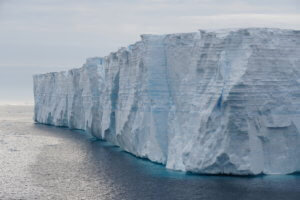 The water color. The term “crystal clear” is overused but applies in Antarctica. Nickels was exhilarated to watch humpbacks swimming in vivid detail underwater before surfacing. He has been a part of marine expeditions all over the world, but observed, “It’s an unbelievable, vibrant blue color that I’ve never seen before.”
The water color. The term “crystal clear” is overused but applies in Antarctica. Nickels was exhilarated to watch humpbacks swimming in vivid detail underwater before surfacing. He has been a part of marine expeditions all over the world, but observed, “It’s an unbelievable, vibrant blue color that I’ve never seen before.”
The quiet and size are disorienting. One of the first things you notice about Antarctica is how total the silence is. There are no humans to be seen, no planes flying overhead – a brutally hard yet peaceful setting. “It’s hard to describe the scale and immensity and vastness of it. It looks like the ice and snow go on forever, and you know that for the most part, no one has ever been to the places you’re looking at.”
Photo Gallery
Click thumbnails for larger images.

